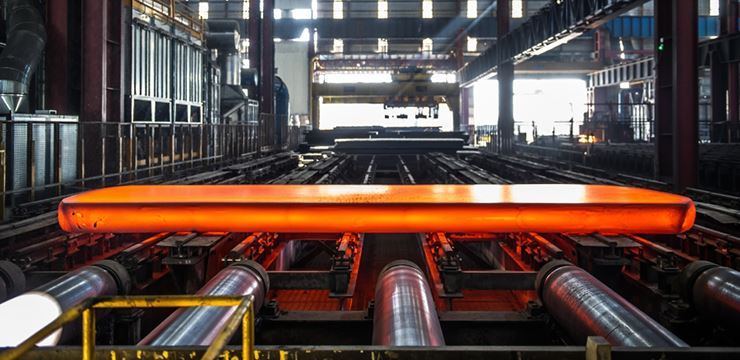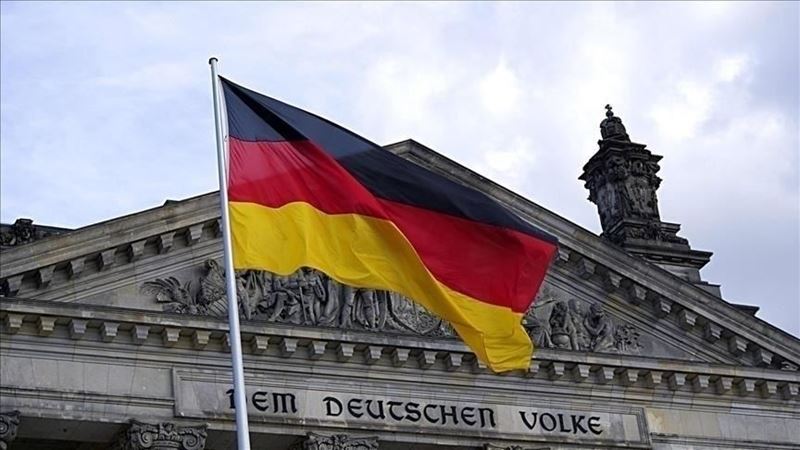In particular, the excise tax on liquid steel, with the exception of steel smelted in open-hearth, induction and electric steel-smelting furnaces, provided that the share of scrap in its production during the tax period is at least 80%, will amount to 57.2 billion rubles next year.
Based on the results of the current year, revenues from excise tax on steel are estimated at 64.5 billion rubles. Thus, the increase in revenues in 2025 from this excise tax may amount to 7%. In 2026 and 2027, revenues are estimated at 72.3 billion and 74.6 billion rubles, respectively.
In 2024, the cost of a ton of slab remains above 30 thousand rubles: in January, according to the indicators published by the Federal Antimonopoly Service for calculating excise duty, the price of a slab FOB Black Sea was set at $558/ton, in February and March - $545 and $479/ton, respectively, in April - $480/ton, from May to July - $477.8, $464.3, $458.5, $447.8/ton, respectively.
The formula for excise tax on electric steel is different: the rate for steel from electric furnaces is 0.3 of the difference between the average export price for steel blanks, determined on FOB delivery terms in the ports of the Southern Federal District, and the selling price of steel scrap in the Ural Federal District, as well as half the costs of purchasing ferroalloys and alloying elements used to produce metallurgical products. The spread between the cost of the blank and the prices for scrap, at which the excise tax applies, is 12,500 rubles. If the excise tax on electric steel turns out to be more than 1 thousand rubles, the excise tax rate in such a tax period is taken to be equal to 1 thousand rubles.









Comments
No comment yet.